GPT Store Introduced by OpenAI to ChatGPT’s User
What is ChatGPT?
The generative AI, Chat GPT, is a technology that allows users to input prompts and receive AI-generated images, text, or videos that resemble people.
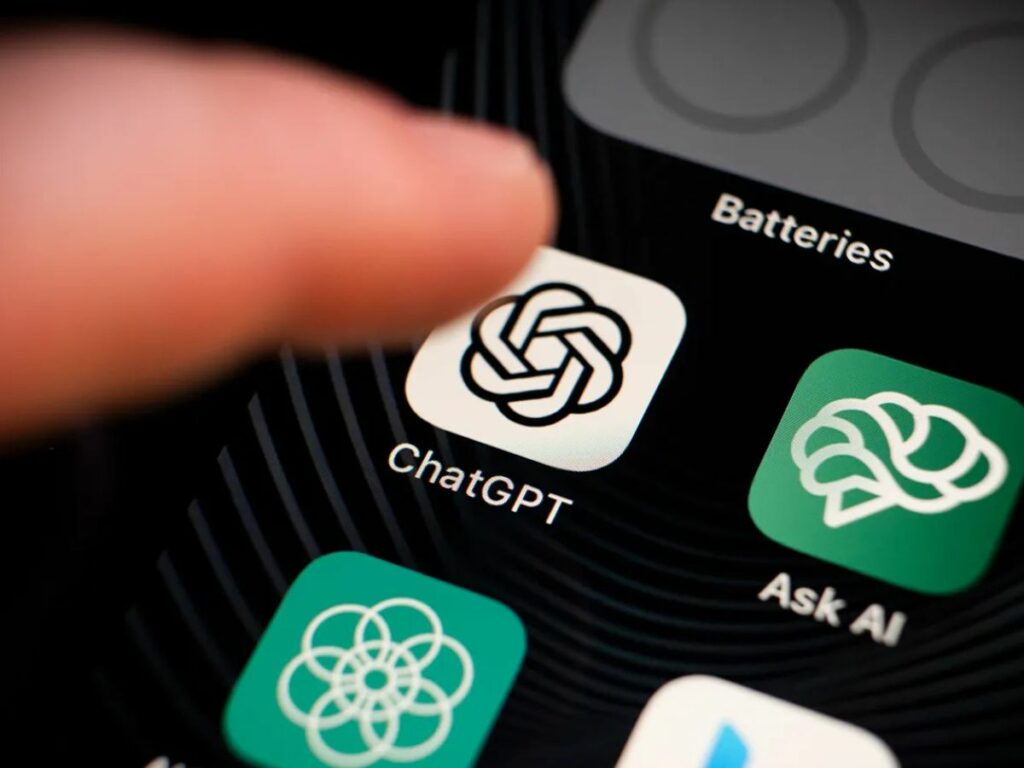
It resembles the automated chat services available on customer support websites. This is because users can ask questions and get clarifications on responses from ChatGPT. “Generative Pre-trained Transformer,” or GPT for short, describes how ChatGPT responds to queries and constructs answers. ChatGPT used reinforcement learning to train through reward models that rated the best answers and human input. By adding machine learning to ChatGPT, this input helps make future responses even better.
GPT Store
The Artificial intelligence lab -OpenAI– announced in a blog post on Wednesday, 10th of January, that it has opened its GPT Store. This is a marketplace for customized artificial intelligence (AI) applications. Within the well-known ChatGPT chatbot, users may find and create GPTs—artificial intelligence programs tailored for specific activities like teaching math or creating stickers—in the GPT Store.
It is an effort by OpenAI to expand on the popularity of ChatGPT among users, which last year stunned people by showcasing generative AI’s capacity to produce poetry and prose that resembles that of a human. When some schools were closed and the novelty of the chatbot wore off, ChatGPT’s growth slowed down, but it still rose to become one of the fastest-growing apps ever.
Users with paid ChatGPT plans will be the first to have access to the GPT Store, according to OpenAI. The business plans to include a mechanism for GPT designers to monetize their customized AIs in the coming months.
Furthermore, OpenAI said on Wednesday that it is introducing ChatGPT Team, a paid version of ChatGPT that businesses may purchase to allow their staff to use ChatGPT at work. A company’s data is separated by the ChatGPT Team, ensuring that any information provided to the chatbot is kept confidential. The monthly pricing of ChatGPT Team varies from $25 to $30 per user.
History
OpenAI developed ChatGPT and released it in November 2022. In 2015, a group of researchers and entrepreneurs led by Elon Musk and Sam Altman launched it. Microsoft is the most prominent investor in OpenAI, but it is not the only one. The GPT Store was unveiled in November during the startup’s inaugural developer conference, which was funded by Microsoft. Initially, it was scheduled to launch later that month.
However, OpenAI stated in an internal memo that it was still “making improvements” to GPTs based on user feedback, delaying the debut of the GPT store until December. The delay came against the backdrop of the surprising ousting of OpenAI CEO Sam Altman by the company’s board and his reinstatement when employees threatened to quit.
Model
ChatGPT employs the GPT-3.5 model, which has an algorithmic fine-tuning procedure. ChatGPT Plus employs GPT-4, which gives a faster response time and internet plugins. In comparison to earlier models, GPT-4 is also capable of handling more sophisticated tasks, such as producing captions for images, describing photos, and producing longer responses—up to 25,000 words.
ChatGPT employs transformer neural networks and deep learning, a subset of machine learning, to generate human-like language. The transformer uses the regular sequence of its training data to predict text, including the next word, sentence, or paragraph.
A wide range of queries, both basic and sophisticated, can be asked using ChatGPT. In addition to being skilled in STEM fields, ChatGPT can write code and debug it. The kinds of inquiries you can ask ChatGPT are unlimited. Nevertheless, ChatGPT only utilizes data through 2021; events and data after that year are unknown to it. Additionally, it is a conversational chatbot. Users can request additional details or a second chance when their content is generated.
Uses
Because of its versatility, ChatGPT isn’t just for face-to-face communication. Users of ChatGPT have done the following:
Written computer programs and reviewed them for errors, wrote some music, drafted messages, wrote a summary of a presentation, podcast, or article, written content for social media, created titles for articles, solved math problems, found search engine optimization keywords, written quizzes, blog entries, and articles for websites, rewritten already-written material for a different media, like a blog post’s presentation transcript, written descriptions for the products, engaged in gaming, helped with job searches, including cover letter and resume writing, posed trivial queries, made complicated subjects easier to understand, written screenplays for videos, investigated product markets, made art. Unlike other chatbots, ChatGPT can recall several questions to facilitate a more natural flow of discussion.

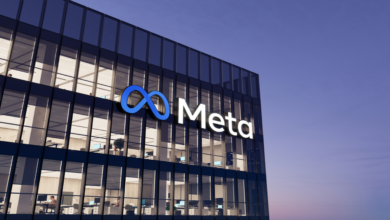
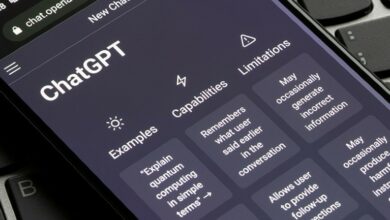
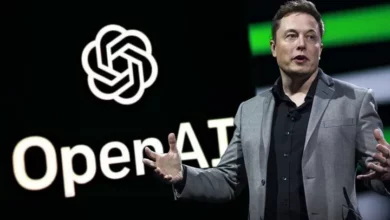
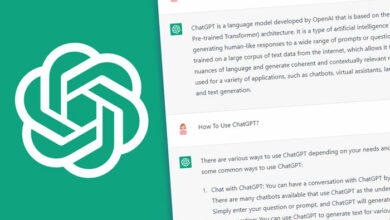




One Comment